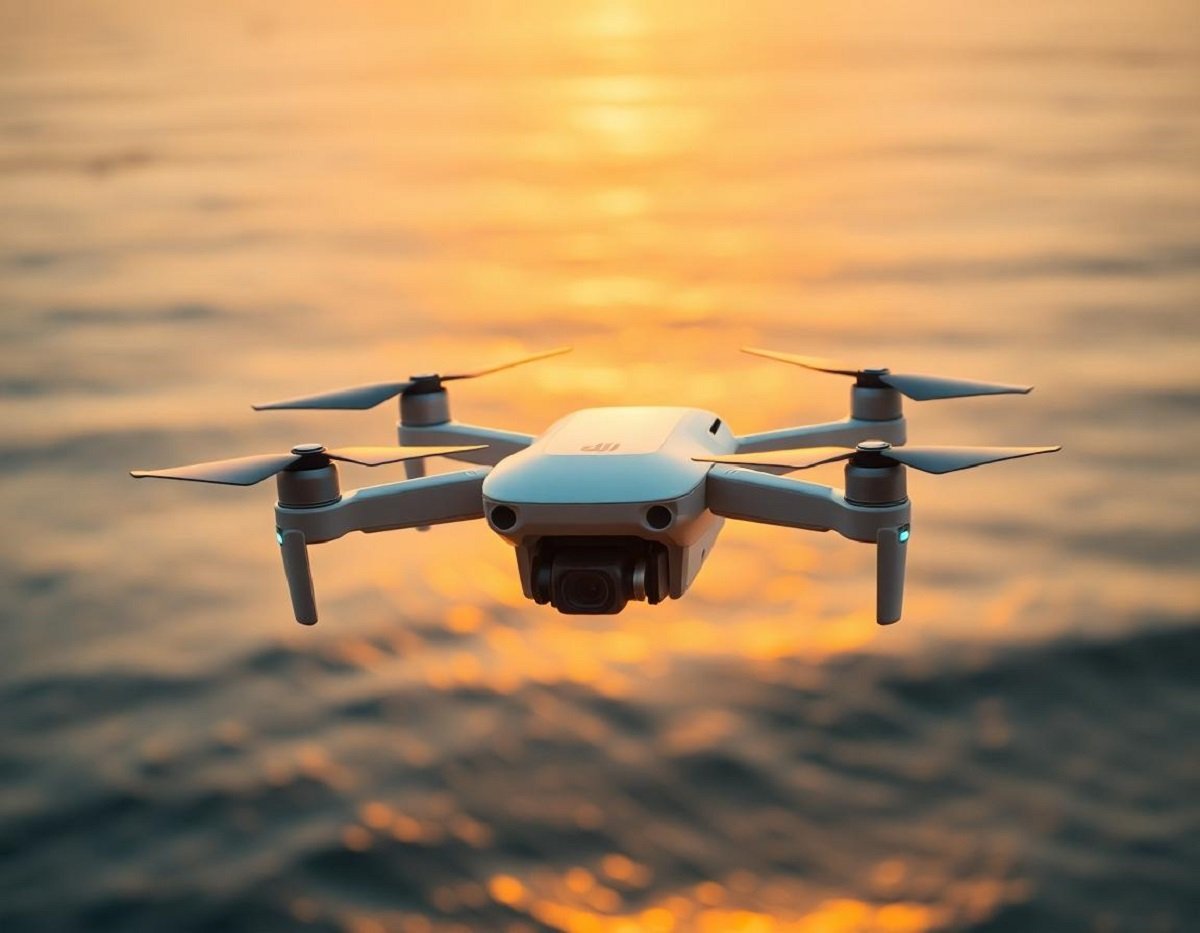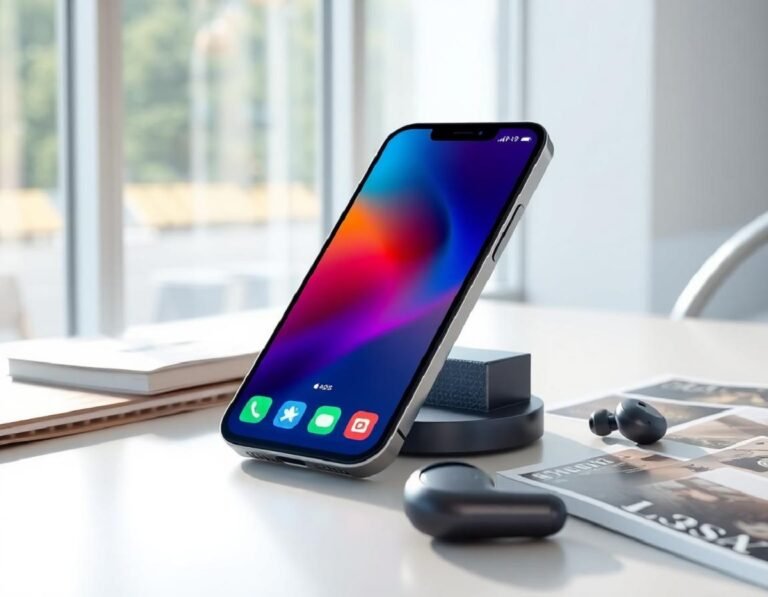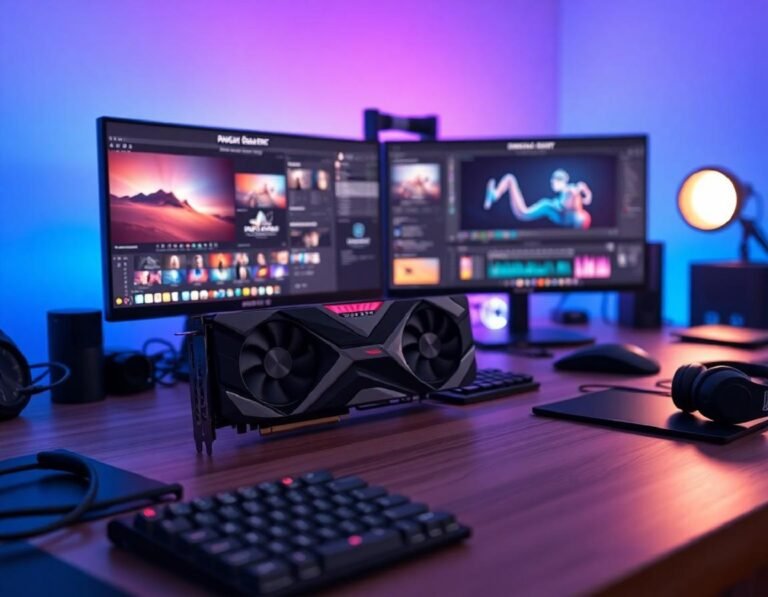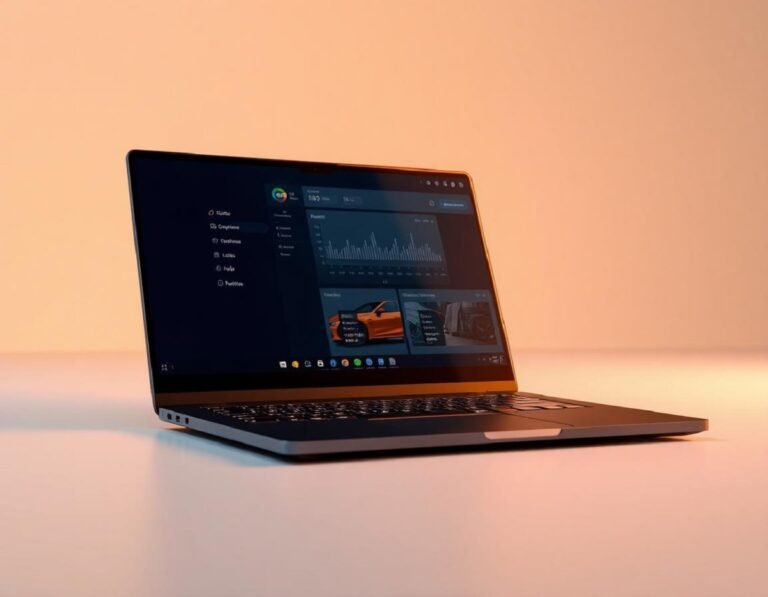DJI Mini 4K Drone Review: Real-World Test Results
DJI Mini 4K Review: The Best Starter Drone for the Price
The DJI Mini 4K stands out as the top choice for anyone looking to buy their first drone without spending a fortune. It’s a modest update to the Mini 2 SE, now recording video in 4K instead of 2.7K, and it features 2x digital zoom so you can capture closer shots. The rest remains similar: a sturdy 3-axis gimbal, Level 5 wind resistance, flight times up to 31 minutes, and a bunch of easy flight tricks through the DJI Fly app. For beginners, it’s tough to beat at this price.
Pros
- Impressive value for money
- 4K video outclasses the competition
- Perfect first drone choice
Cons
- No object avoidance sensors
- No subject tracking like the Mini 4 Pro
DJI Mini 4K: Quick Take
When DJI dropped the Mini 4K, it did so quietly. The Mini 4K keeps things simple, offering much of what made the Mini 2 SE so popular, but with sharper 4K video and a stronger 100Mbps bitrate. The upgrades focus mostly on video, which makes sense since that was the Mini 2 SE’s biggest drawback.
DJI priced the Mini 4K to keep competitors like the Potensic Atom at bay. The only recent DJI drone cheaper than this is the DJI Neo, but while the Neo also shoots 4K, it’s more of a palm-sized selfie model—not a typical drone flyer’s pick.
If you want a drone that handles like a regular Mini and can stand up to gusty weather, the Mini 4K wins out. Its battery holds up for about 31 minutes, and the more expensive Fly More Combo throws in two extra batteries and a charging hub, making it even harder to pass up.
DJI’s Fly app is another plus for beginners. Tutorials walk you through everything and special flight patterns like Helix, Circle, and Boomerang can make your drone videos look pro with almost no effort.
If you crave all the extras, like tracking moving subjects or full collision sensors, the DJI Mini 4 Pro is the high-end pick (though it costs a lot more). If you’re just testing the drone waters and don’t want to empty your wallet, the Mini 4K is the best you’ll get under $300 or £300.
DJI Mini 4K: Release Date and Price
- Launched April 29, 2024
- Base kit: $299 / £269
- Fly More Combo: $449 / £399
- Not yet sold by DJI in Australia
DJI revealed the Mini 4K in April 2024 at $299 / £269. This instantly made it DJI’s lowest-priced 4K drone before the Neo arrived. The Mini 4K runs 10% cheaper than the Mini 2 SE, even though it’s the better machine on paper.
The higher-priced Fly More Combo gets you two more batteries, a charging hub, and a carrying bag. Right now, DJI isn’t selling the Mini 4K from its Australian shop.
DJI Mini 4K: Key Specs
Camera:
12MP 1/2.3-inch CMOS sensor
Video:
Up to 4K at 30fps
2.7K at 60fps
FHD at 60fps
Transmission:
10km (FCC), 6km (CE/SRRC/MIC)
Flight Modes:
Sport, Normal, QuickShots (Dronie, Helix, Rocket, Circle, Boomerang)
Battery:
2,250mAh (up to 31 minutes)
Charging:
USB-C, Battery Charging Hub
Weight:
246g (8.68 oz)
Size:
Folded: 138 x 81 x 58 mm
Unfolded: 248 x 289 x 56 mm
DJI Mini 4K: Design & Handling
- Under 250g for easy registration in most countries
- Stays steady with Level 5 wind resistance
- Triple-axis gimbal for super-smooth video
- Only downward sensors, no front or side obstacle detection
The Mini 4K looks just like the Mini 2 SE. Its sub-250g weight lets it dodge registration rules in many places. In the UK, a flyer ID is needed because it has a camera.
The Fly More Combo packs in spare propellers, a screwdriver, two extra batteries, a charging hub, and the RC-N1C remote controller. This remote can fit almost any phone and includes cables for both USB-C and Lightning.
The main camera shoots 12MP stills in either JPEG or RAW and records 4K video, all stabilized by a mechanical 3-axis gimbal to keep footage steady.
Getting airborne is simple. Open the DJI Fly app, connect your phone to the remote, and the take-off button does the rest. The drone lifts to 1.2 meters and hovers while you get your bearings.
Level 5 wind resistance means the Mini 4K can take on breezy conditions up to 24 mph (38 kph), making it more solid than the DJI Neo in windy weather. Still, it struggles in strong winds, so it’s better to fly when it’s calm outside.
The DJI Fly app and controller offer helpful tools like Return to Home, QuickShots, panorama, timed shots, and easy photo/video switching. While beginners will find plenty to like, the Mini 4K has no obstacle avoidance except for two sensors underneath that help when landing or taking off.
If you accidentally brush against branches, don’t panic. The Mini 4K holds up well in minor crashes and can take a few tumbles thanks to its tough plastic.
DJI Care Refresh can be bought within 48 hours of setting up your drone. For $59 / £35, it covers you for up to two replacements, what happens if you lose the drone or it gets water-damaged.
DJI Mini 4K: Features & Performance
- QuickShots make selfies and cinematic shots straightforward
- Three flight modes: Cine, Normal, Sport
- Up to 31 minutes of battery per charge
- Transmission range up to 10km (FCC), 6km (Europe and others)
The Mini 4K’s battery is rated for 31 minutes, but real flying is usually a bit less, thanks to wind and flying style. In average conditions, expect a bit over 20 minutes per battery. Two spares in the Combo pack mean you can fly for about an hour before recharging.
The drone’s maximum range is up to 10km for FCC regions and 6km elsewhere but most new pilots will stay much closer. It’s smart to turn on Return to Home to avoid losing your drone.
Built-in GPS, GLONASS, and Galileo keep the Mini 4K stable. You can set a maximum height of 500 meters, but in most places, drone laws will limit you to 120-150 meters unless you’re certified.
On the controller, three flight modes let you control speed and handling. Cine is the slowest for smooth shots, Normal is for everyday flying, and Sport gives a speed kick up to nearly 36 mph.
DJI’s QuickShots, like Dronie, Helix, Rocket, Circle, and Boomerang, quickly add a creative touch to videos. To use Circle or Boomerang, draw a box around a subject on your screen, and the drone handles the movement for you. Higher models get even more options like subject following, but the Mini 4K skips these.
DJI Mini 4K: Image & Video Quality
- 1/2.3-inch sensor
- 4K video at 30fps, 2.7K at 60fps
- 12MP JPEG and RAW stills
The Mini 4K’s sensor matches what you find in most smartphones and is larger than the Neo’s, but smaller than the Mini 3 or Mini 4 Pro. Expect nice-looking video with decent color and detail but not as good in low light as pricier models.
Video maxes at 4K 30fps. If you want smoother, slow-mo style clips, 2.7K and Full HD can go up to 60fps. Shots are crisp with lots of detail, especially at dawn and dusk. Photos hit 12MP and you get the choice of JPEG or RAW for more editing control.
One big advantage is the higher video bitrate (100Mbps) compared to the Mini 2 SE’s 40Mbps, so videos look smoother and clearer.
The Mini 4K uses a standard color profile and has no flat color mode for grading video, which is normal in this price range. RAW photos give you more room for editing, so serious shooters should use both JPEG and RAW.
Manual exposure controls let you adjust settings like shutter speed and ISO (100-3200), which is rare at this price. Most users will prefer Auto, but the option is there.
The three-axis gimbal supports a wide tilt, roll, and pan range, working with digital stabilization to produce steadier shots, especially in Cine mode.
DJI Mini 4K: Should You Buy It?
Buy if:
- You want a reliable, user-friendly first drone with 4K video
- You need a lightweight drone for easy travel
- You value solid flight time and stable handling
Skip if:
- You want object tracking or full obstacle avoidance
- You want the absolute best camera in this size
- Budget allows room for the Mini 4 Pro’s features
Also Consider
Potensic Atom: A strong rival with 4K and smart flight features, sometimes sold for less than the Mini 4K. Not as polished, but worth a look for bargain hunters.
DJI Mini 4 Pro: Three times the price, but adds top-notch sensors and tracking under 250g. If you can spend more, this is the flagship beginner drone.
The DJI Mini 4K hits the sweet spot for new pilots. It’s simple to use but powerful enough for great shots, and DJI packs a lot in for the price. This is the go-to starter drone in 2024.







